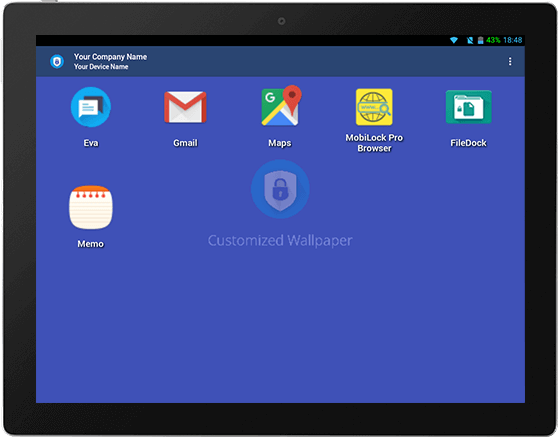

It looks like you might be able to navigate the window tree by getting the root window from the Display and going from there to find your Window, but it's all kind of weird.

#Debian kiosk mode how to
(Note that Swing is built on top of AWT, so this will work for Swing.) However, I'm not sure how to do this. (Although I would definitely advise testing it first before writing the code.) You might be able to avoid this if you can get the window using Java AWT Native Interface to get the window ID. As such, you will probably have to use your JNI interface to get key presses to your program when needed.
#Debian kiosk mode windows
Note that as a side-effect, key capture in Swing will also probably stop working because your Swing windows are going to be separate from the window you create in C. Neither does linux have any command to make Firefox launch in fullscreen. 21:35:48 15/08/18: There is no way fullscreen launch can be performed using firefox’s commands. You'll instead want to use XGrabKeyboard which actively snags all of the normal keyboard events (which, if the premise of this StackOverflow question is correct, includes the task switching keys). The command to start Firefox with default user and make it launch Duck Duck Go is firefox I only need to find a way to make it open in fullscreen now. However, it uses XGrabKey which just passively listens for keys and does not prevent other applications from receiving them. This Java/XLib JNI keypress capture tutorial should be a good starting point. System Administration Guide Other Session System Administration Guide User settings Lock down settings Configure single-application mode Single-application mode is a modified GNOME Shell which configures the Shell as an interactive kiosk. You should be able to do this using XLib's XGrabKeyboard method through JNI. In response to a scaled-down version of the question in which he's willing to let things like ctl-alt-backspace go and just wants most of the keys including alt-tab or other similar application switching key combinations, the following should work:

(And if you don't have control of the platform, you're not likely to be able to have your application intercept things like ctrl-alt-backspace anyway.) Options for window managers which can do this include KDE or twm-kiosk. Then use the window manager's settings to start your application and enter kiosk mode. Assuming that you have control of the platform, choose a window manager which supports a kiosk mode. There's no point in trying to do this in your application because any of these changes are going to need to be handled by X11 and/or the window manager since those are what respond to the commands. Seamlessly manage Linux based desktops, laptops, servers and Internet of Things (IoT) devices.


 0 kommentar(er)
0 kommentar(er)
